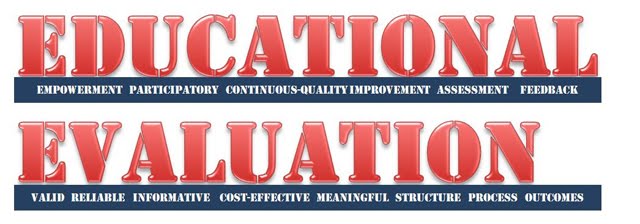Setting and Managing Learning Goals
The first step in conducting assessment is setting the learning goals. Once the learning goals are formulated and agreed upon, multiple forms of assessment may follow. These assessment procedures are: tests, compositions, presentations, projects, portfolios, observations, interviews, questionnaires, and learning logs and journals (Johnson, Johnson, & Holubec, 1998).
Tests and Examinations
Two kinds of tests can be used to assess students’ learning: standardized and teacher-made. Tests and quizzes are given to assess how much each student knows and what students still need to learn. The procedure for giving tests is as follows:
When the students meet and retake the test in cooperative groups the task is to answer each question correctly and the goal is to make sure that everybody in the group understands the materials and procedures covered by the test (Johnson, Johnson, & Holubec, 1998).
Compositions and Presentations
Two of the most common performances assessed are compositions and presentations. The use of cooperative groups to assess students’ performances meets the following goals: allows students to engage in the performance frequently, provide immediate and detailed feedback, lets students observe closely the work of others and see the strengths and drawbacks, and provide the labor needed for engaging in performances. (Johnson, Johnson, & Holubec)
When working in pairs, for instance, the students follow these procedures: discuss and outline each others’ composition in pairs, research the topic individually, write the first paragraph of each composition in pairs, write the composition alone, edit each other’s composition, rewrite the composition alone, re-edit each other’s compositions, sign-off on partner’s composition verifying that it is ready to be handed in, and process the quality of the pair work.
Individual and Group Projects
As an assessment procedure projects allow students to use multiple learning styles and strategies. Using these with cooperative learning enhances the complexity and elaboration of the projects as more students bring more ideas to the process.
Portfolios
A portfolio as an assessment procedure is a collection of a student’s work in an area, showing growth, self-reflection, and achievement. Portfolios can also show a cooperative group’s progress (see Cooperative Group Portfolio box).
Observing
While tests, compositions, projects, and portfolios show whether or not students can reach a correct answer, they do not show the quality of the reasoning strategies the students use and the effective use of social skills in cooperative groups. Consequently, observation becomes one of the most important assessment procedures. There are three stages in observing students’ actions: prepare for observation by deciding who the observers are and what actions they are to observe, observe formal and/or informal, and summarize the results for students’ use (Johnson, Johnso, & Holubec, 1998).
Interviewing
When observing students at work, the teacher can interview them to find out about their reasoning process and strategies. The personal nature of the interviews allows the teacher to build a positive relationship with the student. An interview can be used for assessment and teaching purposes.
Attitude Questionnaires
Attitude questionnaires have been developed to show the attitudes students have towards a subject area. Obtaining good grades doesn’t mean that the students really like the subject matter.
Logs and Journals
Learning logs and journals help students keep track and reflect on their learning experiences. Logs refer to short entries related to the subject matter being studied. Journals entries are more related to personal observations and feelings. The teachers can assign point values to both logs and journals entries (Johnson, Johnson, & Holubec).
Teams and Assessment
Educators need to start their instruction, assessment, and reporting actions by forming a collegial teaching team. The team constructs the assessment and reporting process by making rubrics, implementing the rubrics effectively, and reporting the data to interested audiences (Johnson, Johnson, & Holubec 1998).






